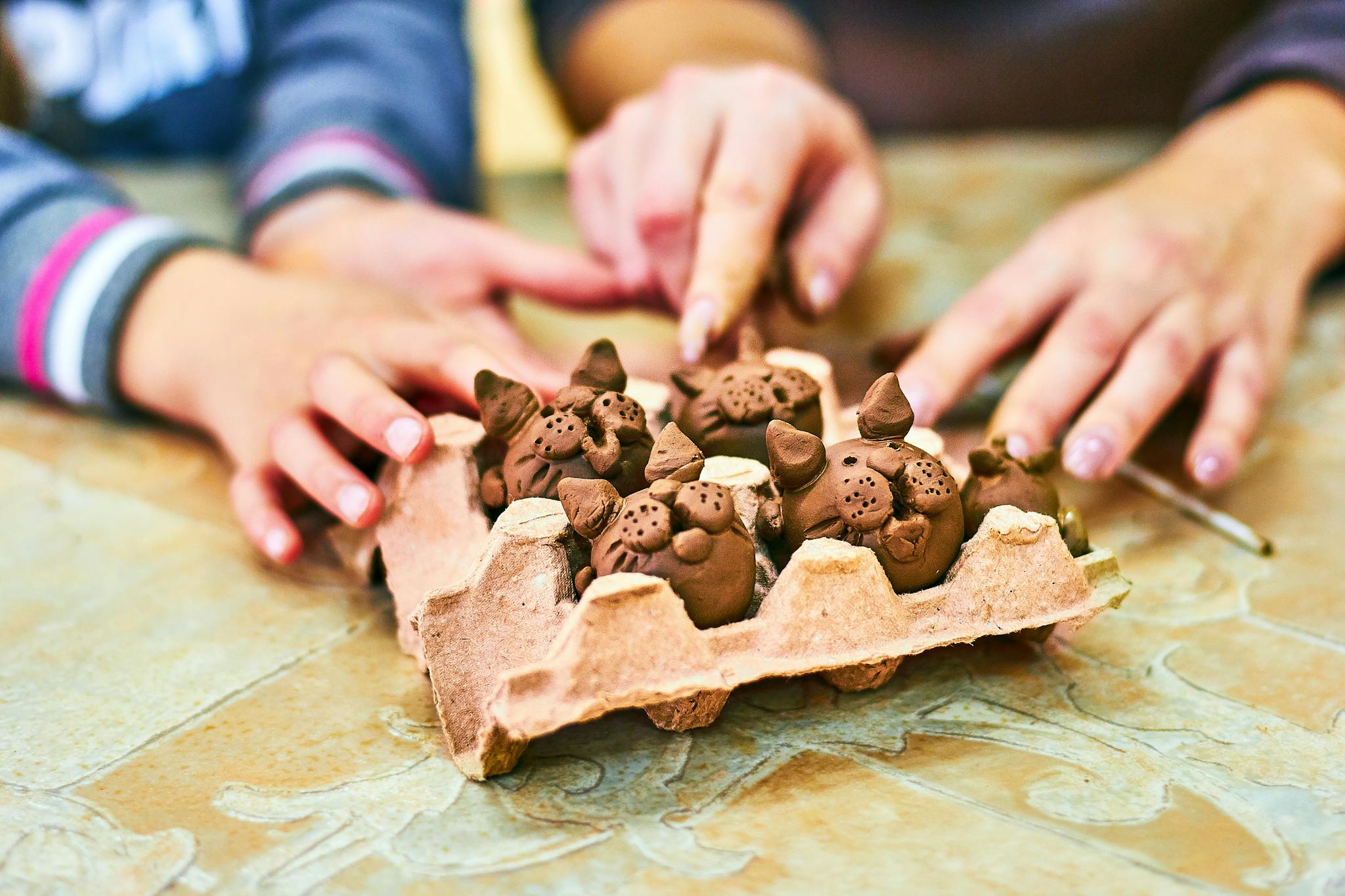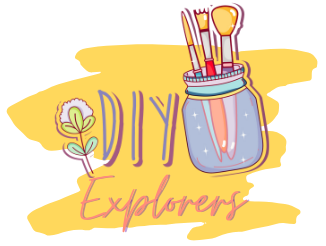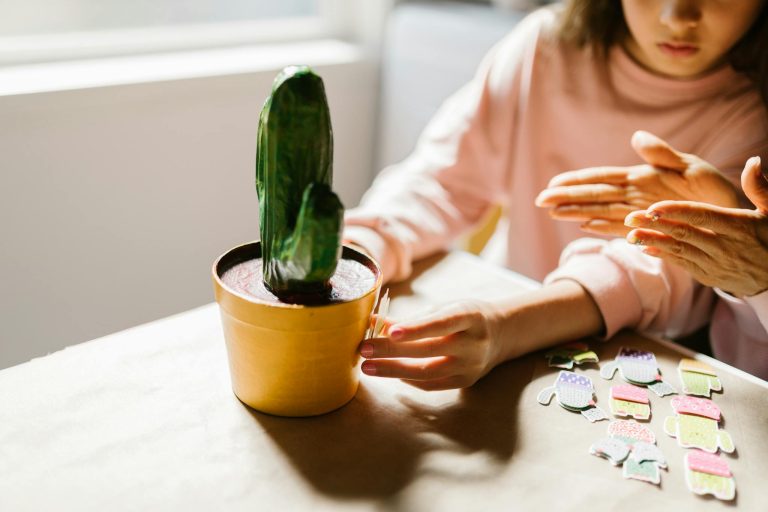Real-World Projects That Let Kids Explore Jobs by Doing
Yes, this article is about something we all thought at one point. Why am I learning this?
The quality of the structure and the depth of traditional schooling has tremendous value, but it is true that because the world and markets are evolving at an almost impossible to follow pace, many wished they had more practical skills.
You know, to avoid applying for an entry level job that requires already 3-5 years of experience…
So, yes! A real career day at home isn’t about pretending — it’s about trying. Rolling up sleeves, getting hands dirty, solving real problems the way people actually do in their jobs. No screens, no fluff — just tools, ideas, and curiosity. It’s possible to do within your own family!
Kids don’t need to wait until high school to think about what they want to be when they grow up. The best way to learn what a job is like? Try a little bit of it.
This guide is packed with hands-on activities inspired by real professions. Each one teaches something useful — from teamwork to tool skills — and gives kids a genuine peek into how the world works.

Why Career Day at Home Matters
Career Day as a family helps you find the love, the passion, the inexplicable feeling you get when you discover something amazing and rewarding. Young kids to teens can obtain that spark very early on while also growing up in a family ecosystem that offers diversity and reality. In other words, they’ll gain a wider world view while understand the realities of the profession they wish to attain. That’s a great advantage as they’ll be able to make educated choices when the time comes.
More important points are that :
- Kids absorb more through doing than watching.
- Many careers are misunderstood until you experience a piece of them.
- Confidence often starts with small successes. Building something, fixing something, solving something — that sticks.
It’s not about pushing kids toward a profession — it’s about giving them tools to imagine many futures and the confidence to explore them. This guide is for younger k-12 children, enjoy!
Real Careers, Real Skills: 8 DIY Ideas That Go Beyond Pretend
🧑🍳 1. Be a Chef: Cook an Entire Meal
What to do: Let your child plan the menu, prep the ingredients, cook, and serve. Guide when needed, but let them lead.
Skills learned: Following procedures, timing, food safety, plating, cleanup
Try this: Make a themed dinner (e.g., Italian night, breakfast for dinner) with a printed menu and optional “restaurant” name.
🏗️ 2. Be an Architect: Design and Build a Model
What to do: Use graph paper to sketch a floor plan, then build a model with cardboard, LEGO, or popsicle sticks.
Skills learned: Measurement, spatial planning, creative design, problem-solving
Bonus challenge: Add a real-life constraint like “this house is for a family with four dogs” or “it’s located in the mountains.”
🧪 3. Be a Scientist: Run a Mini Lab
What to do: Choose a few classic experiments — grow crystals, mix vinegar and baking soda, build a basic circuit.
Skills learned: Observation, documentation, curiosity, cause and effect
Keep a lab notebook: What do they think will happen? What actually happened? What might they change next time?
🩺 4. Be a Doctor: Toy Hospital
What to do: Turn your living room into a hospital for stuffed animals. Make diagnosis charts, wrap injuries, and use homemade stethoscopes.
Skills learned: Empathy, communication, body knowledge, care routines
Take it further: Talk about what different doctors do — surgeons, pediatricians, therapists — and how they work as a team.
🧰 5. Be an Engineer: Bridge-Building Challenge
What to do: Build a bridge using only straws, paper, or popsicle sticks — then test how much weight it can hold.
Skills learned: Design, testing, failure analysis, rethinking plans
Add a twist: Compete to see who can build the longest or strongest bridge using limited materials.
🎭 6. Be a Director: Write and Perform a Short Play
What to do: Write a short script, build a stage out of cardboard or blankets, and perform it for family or neighbors.
Skills learned: Writing, storytelling, public speaking, collaboration
Record it: Let them edit it into a mini movie using free software later on (if screen time fits into your day).
📰 7. Be a Journalist: Capture and Report the Day’s News
What to do: Have your child write a newsletter or record a video newscast about what’s going on in your home or neighborhood.
Skills learned: Interviewing, writing, observation, truth vs. opinion
Make it regular: One family member becomes the weekly news editor.
👷 8. Be a Builder: Construct a Fort with a Blueprint
What to do: Create a “contract” to build a family fort. Draw up the plan, list the materials, assign jobs, and follow a budget (even if it’s pretend).
Skills learned: Planning, teamwork, spatial awareness, execution
Ideas: Blanket forts, outdoor shelters, or cardboard castles. Whatever you build, treat it like a real construction project.
Tips to Make It Work
- Rotate roles: Try a new job each week or month with your child.
- Keep it real: Use tools and materials that resemble the real thing whenever safe.
- Let it be messy: The process matters more than a clean result.
- Reflect at the end: What did they learn? What was tricky? What would they change next time?
We also have a little extra for you! Here’s a PDF file that will help you observe and take note of the reactions, emotions and interactions you have with your child to start understanding their personality and likings from a future career perspective. (It also a potential document to show educators or other experts for extra help).
A Few Fun Facts to Inspire You
Jane Goodall credits her childhood toy chimpanzee for sparking her curiosity — which later led to her groundbreaking work with primates.
Leonardo da Vinci started his career as an apprentice at 14 — mostly doing hands-on tasks like mixing paints and making sketches.
Marie Curie often worked in makeshift labs she built herself — proving that curiosity matters more than equipment.
Steve Jobs said one of his most important childhood memories was taking apart and reassembling electronics with his dad in the garage.
Final Thought
It’s very common that kids don’t need long lectures about the future. What they need is to try things, build things, fix things, lead things — and know what it feels like to succeed, fail, and try again. And it’s all 100x times when accompanied by loved ones.
Career day at home doesn’t need to be perfect. It just needs to be real.
Let your child try a little of everything. Who knows? You might see a future surgeon, architect, or storyteller right there at the dining room table.

